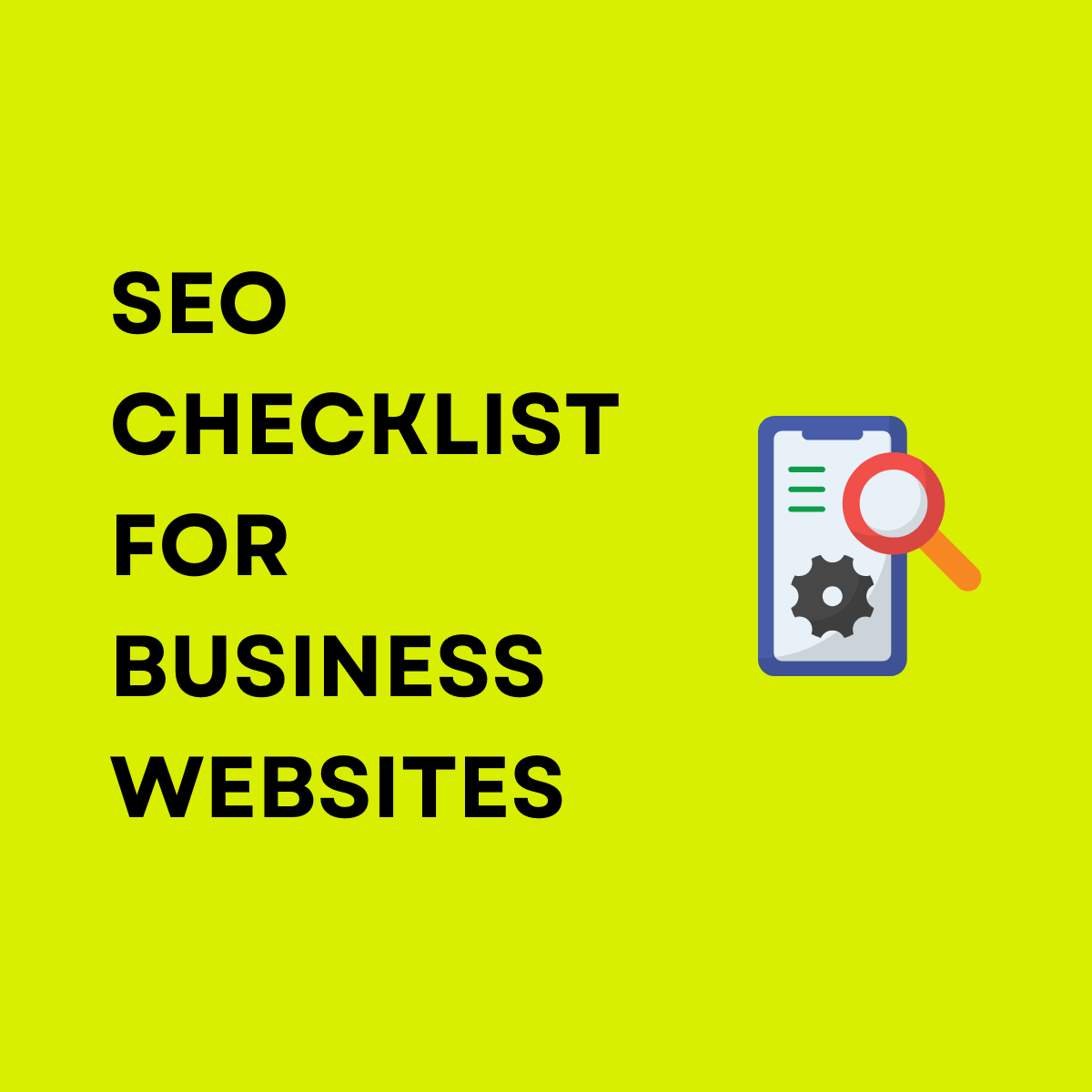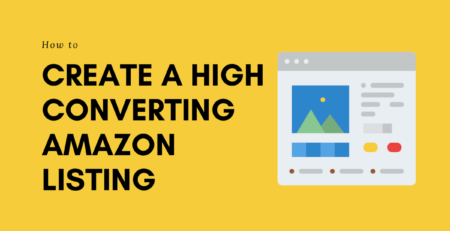SEO Checklist For eCommerce Website
Mohammed Ikram Nagdawala2025-07-01T15:41:04-05:00SEO (Search Engine Optimization) plays a significant role in driving relevant traffic to any website. In order to drive higher conversions and increase sales, it’s important to have a strong SEO plan.
You might have an eye-pleasing eCommerce website, but what’s the point of that if it is not getting any traffic or sales? That’s when the importance of marketing comes in. With the right marketing plan, you can reach the right audience.
Any online marketing plan is incomplete without SEO. The issue with paid marketing channels is, they stop generating results when you stop paying. But, that’s not the case with organic marketing methods like SEO.
The reason why brands and businesses prefer SEO over other digital marketing channels is, SEO helps to get high-intent traffic without spending a lot.
Depending on the type of website, the right SEO strategy differs. Let’s face it, SEO strategy for an eCommerce website won’t be the same as the normal website. The SEO strategy you use for a business website or a blog may not work for an eCommerce website.
When SEO for eCommerce is done right, you can generate massive sales to your online store with almost zero cost per acquisition.
In this post, I will share the complete SEO checklist to help you rank your eCommerce website.
Keyword research
The success of any website’s SEO is highly based on keyword research. These days, many SEOs tend to give less priority to keyword research than content. But in reality, both play a significant role. You may have the perfect content, but if you have targeted the wrong keywords, your site will get irrelevant traffic. As a result, you won’t generate any conversions or sales.
Before choosing any keyword, you need to understand its intent. You want to make sure whichever keywords you use on your webpage are relevant to the product. When it comes to keyword research for an e-commerce store, I take into account three aspects: keyword intent, keyword ranking difficulty, and search volume. These three metrics help me find the best keywords.
Crawlability & indexability
This is another important point you need to keep in mind when implementing SEO for an eCommerce website. No matter how amazing your keyword research process is and how strong your on-page SEO is, if your website is not crawled and indexed by search engines, it’s not worth it.
eCommerce stores have so many categories and product pages. So, it’s important to monitor crawlability and indexability of all pages. If any of your web pages do not get crawled by the search engine, they won’t be indexed, and as a result, those web pages won’t appear on SERP (search engine results page).
From the Google Search Console tool, you can check crawled URLs, indexed URLs, and URLs that are crawled but not indexed.
Unique title tags
The product page’s title tag creates a significant impact on SEO. Even if your webpage gets a top spot on Google SERP, a boring title won’t drive enough clicks. The title is what users will see when scrolling through SERP.
Even if your webpage ranks on top of SERP, if it lacks essential elements such as brand name and uniqueness in the title, it won’t get enough clicks. As a result, you may see higher impressions, but low CTR (click-through rate).
Avoid duplicate content
One of the biggest mistakes I often see in many eCommerce websites is they have duplicate content across many web pages. While it can be less time-consuming to copy and paste one content piece to multiple pages and make some tweaks. But, this strategy won’t generate the best SEO results.
Google can easily spot duplicate content. Forget about getting a higher search ranking, Google can penalize you for duplicate content. To increase search rankings and avoid getting penalized by Google, do what Google loves, i.e., publish original, high-quality content.
In an online store, duplication can occur in two ways: first, when the product title and product description are similar to another store. Secondly, when you create separate pages for the same product, but in different colors or sizes.
In the first case, duplication can be avoided by creating a unique title and description for each product. Talking about the second scenario, you need to group product variations and display them on a product page.
Add schema
While adding schema markup code won’t give you a ranking boost, it surely creates a positive impact on SEO. By adding schema code to your product page, you are providing information to the search engine about its content. As a result, you make it easy for the search engine to understand your content better.
The information you provide to Google is in the form of code lines. The information is used by Google to understand and display the product information in SERP. Depending on the type of schema markup you use and the information Google gets from the code, it displays product information like product price, ratings, reviews, availability, and more.
When Google displays SERP results with such information, it’s called rich results. It not only gives users additional information about your product but also increases CTR (click-through rate).
Improve existing content
If your product pages have unique content, you need to check whether it has room for improvement. Unique content doesn’t always mean the best. You may have unique content on your product page and still not do well. Why so?
Well, that might be due to failing to deliver the user query. Besides ensuring the uniqueness of the content, you also need to make sure whether it satisfies the user’s query or not.
So another thing you can do to improve your store’s SEO is to analyze existing content on your website. If it’s thin content and doesn’t deliver any value, consider improving it.
Mobile-first indexing
With a huge number of mobile users, you cannot neglect your store’s mobile experience. The reason why it is important to pay attention to the mobile experience is because of mobile-first indexing. Google uses the mobile version of your eCommerce website first to index and rank it on its SERPs.
Your store’s mobile rankings do impact its rankings on desktop devices. Therefore, the experience you provide on the mobile version creates a significant impact on your site’s overall search rankings.
First of all, you need to make sure your website is responsive. It means it needs to be optimized for all devices, i.e., mobile, desktop, and tablet. The site needs to adapt to different screen sizes.
Improve page load time
Another important search ranking factor you can’t neglect is page loading speed. You may have an eye-pleasing eCommerce store with all the functionality users expect, but what if it takes too long to load? There is a high chance that visitors will leave your store without taking any action.
It not only ruins the user experience but also negatively impacts your website’s search rankings. I see so many business websites and online stores with beautiful UI (user interface), but what the majority of them are missing is faster loading speed. What’s the point of having such an eye-pleasing store when the user is unable to visit it due to slow loading speed?
So you want to make sure your e-commerce store is properly optimized for speed. Several ways you can improve page loading speed are image optimization, HTML/CSS/JS optimization, using a CDN, and reducing redirects.
Add canonical tags
This is another important point you can’t miss out on when doing SEO for an eCommerce website. Adding canonical tags helps to avoid duplication. What canonical tag does is it allows you to tell which page is original. As a result, the search engine won’t consider other pages with duplicate content.
For example, your webpage URL is https://example.com/page. For you, other versions of that page like https://www.example.com/page, http://example.com/page, http://www.example.com/page, etc. might be the same, but search engines will treat each one as a separate page. Through canonical tag, you can tell the search engine which version is main and the rest are identical.
Simple site structure
Your website’s structure creates a great impact on crawlaibility and indexability. With complex website navigation and structure, the search engine may not be able to crawl and index all your web pages. When I do SEO of any website (be it eCommerce or business website), I make sure it does not take more than 3-4 clicks from the homepage to any webpage of the site.
Doing so not only helps to improve the website’s crawlability, but also enhances user experience. With a simple site structure, you help visitors find the information they need. Another thing you can do is internally link your web pages with one another. This will also improve crawlaibility and provide a better user experience.
Optimize images
Another thing you can do to get more visibility on SERP is to optimize images. You need to add image alt text to help Google understand what your images are all about. This way, Google can rank your images for relevant search terms. Besides alt text, you also need to write descriptive image file names.
Final Thoughts
For most eCommerce store owners, the real challenge is getting organic traffic. Ranking product pages on SERP can seem a challenging task. But, with the right eCommerce SEO strategy, it is possible to achieve top rank for relevant search queries.
In this post, I shared some of the effective SEO activities I use when working on eCommerce projects. Copy my SEO strategy and rank your store faster. And if you tried any of these strategies, or have different tips for ranking product pages, please share your experience or questions in the comments section below.




Leave a Reply